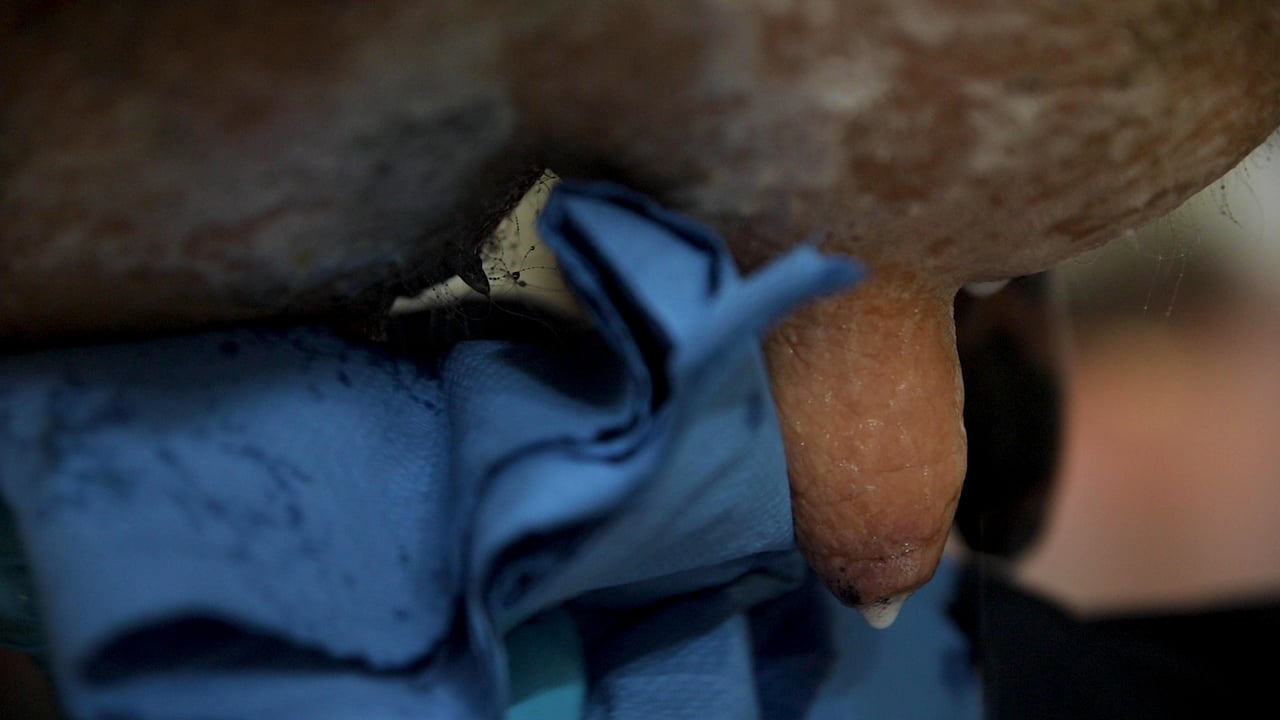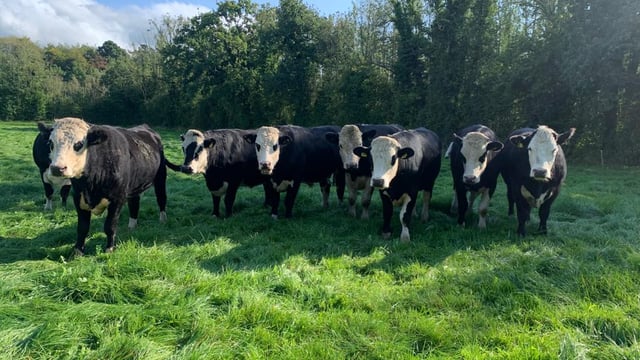Steps to follow for successfully drying off your cows
The drying off of spring-calving cows has begun on many farms, as they wind down ahead of the winter dry period.
The drying off process has been described as the start of the next lactation, with mastitis or cell count issues in early lactation usually being traced back to the drying off process.
To ensure that you have a successful drying off process, you should develop a protocol for your farm and stick to it.
You should avoid drying off more than 20 cows in one day, unless multiple people are actively drying off cows.
Dry off cows that require antibiotics and those that are only receiving a teat sealer in different batches, to avoid confusion.
Hygiene is extremely important during the process, so ensure you have plenty of gloves, paper towels and disinfectant. You should also be wearing a clean apron.
The clipping of cow tails will also help to keep the process more hygienic.
The following 17 steps are a good guide on how you should dry cows off:
One you have dried the cows off, the work unfortunately is not complete. You need to ensure that cows are housed in a clean environment with a low bacteria burden.
For cows being housed in cubicles, the bacteria burden needs to be controlled. Hydrated lime is an effective product to lower the pH of cubicles, which suppresses bacterial growth.
The recommended level of hydrated lime per cubicle is 170g, twice daily.





